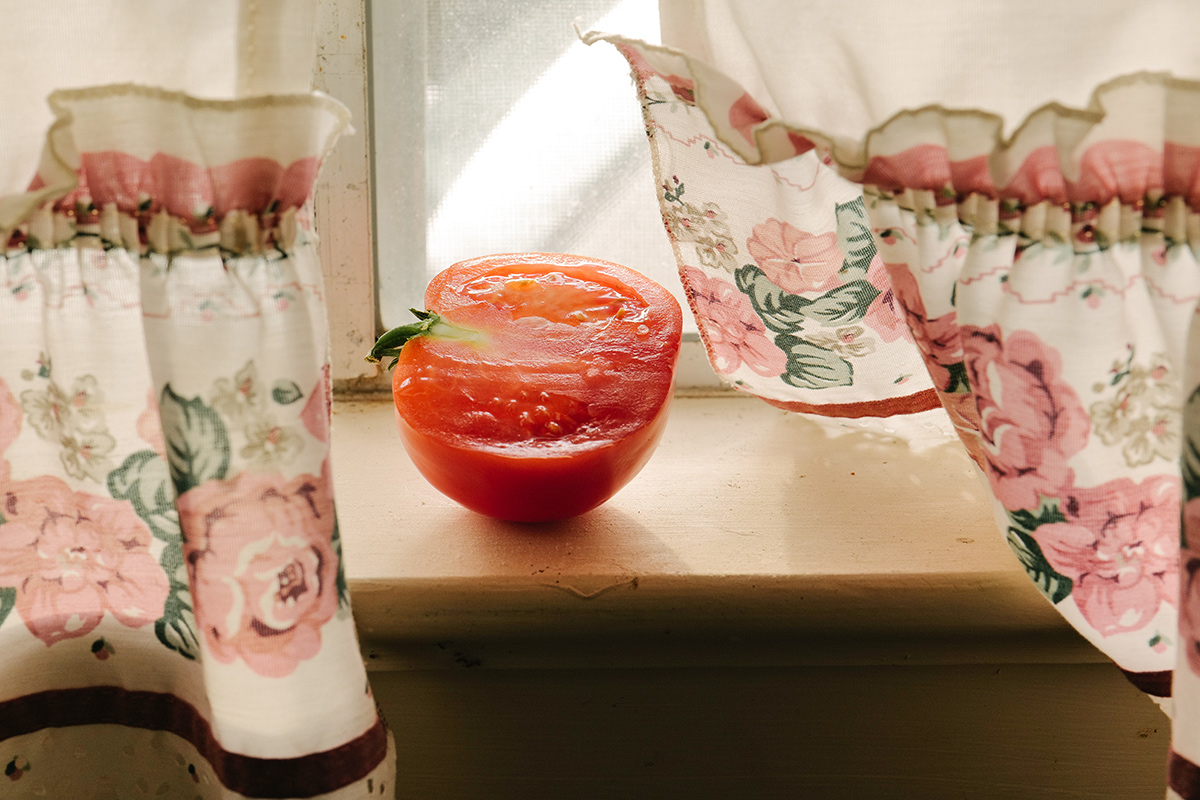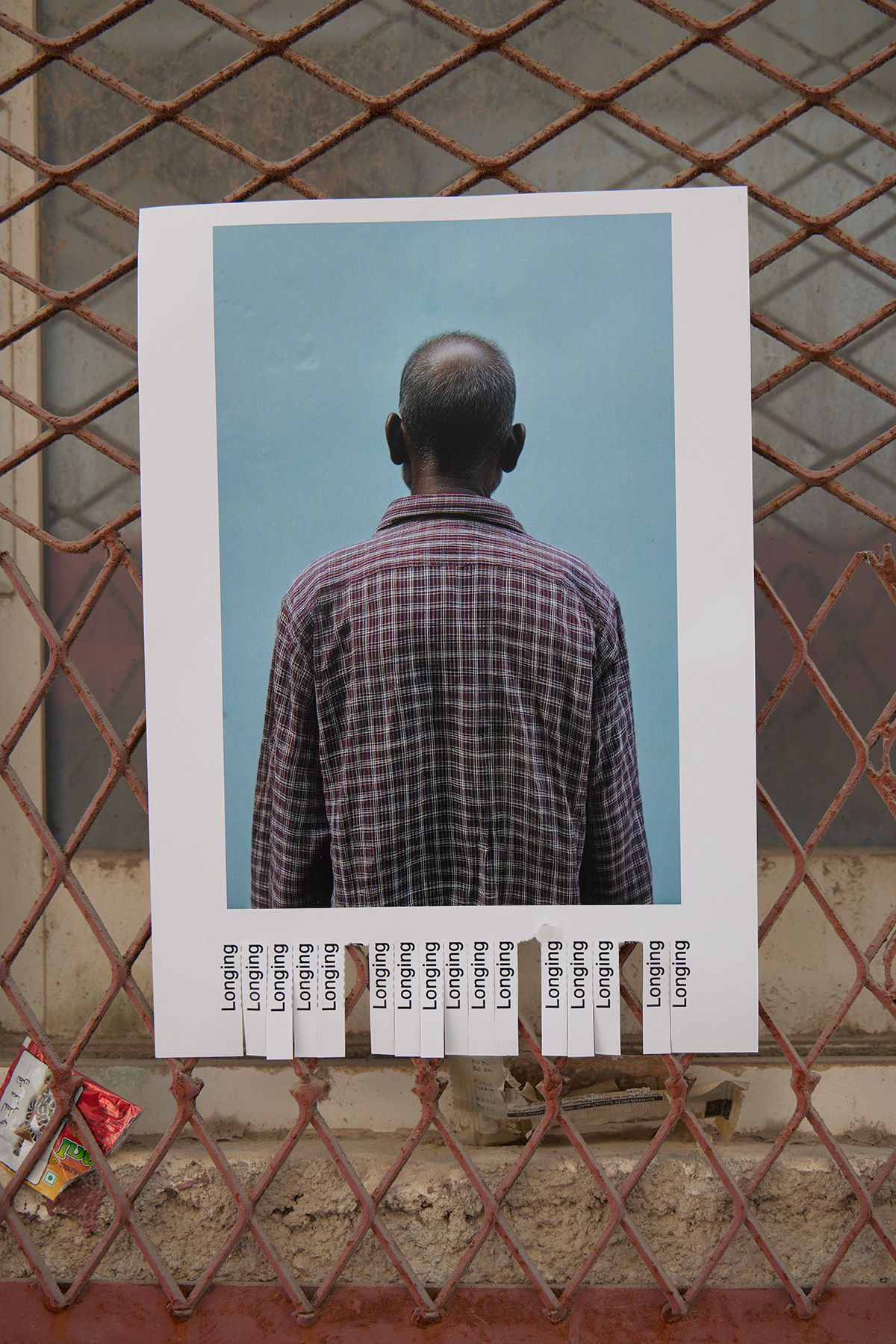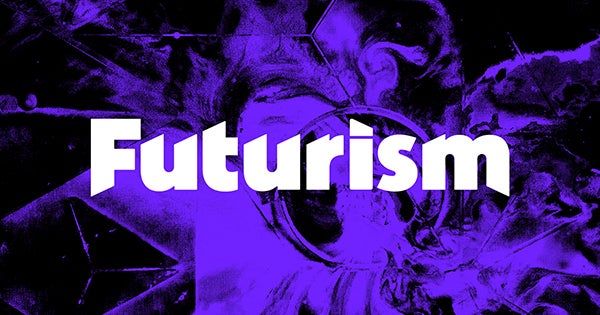#memory
#memory
[ follow ]
#grief #family #photography #identity #aging #art #neuroscience #loss #nature #resilience #music #mortality #surrealism
fromBOOOOOOOM!
16 hours ago"the internal crusade" by Photographer Zexuan Zeng
Zeng was born in China and began studying Visual Communication at Shanghai Normal University in 2015. After working as a freelance artist and designer, Zeng moved to Germany to study at the Academy of Media Arts Cologne. His artistic interest lies in the boundaries between documentary and fiction, and the self-referential nature of memory. "the internal crusade" is a reflection of Zeng's upbringing and education.
Photography
Writing
fromwww.theguardian.com
1 week agoUnder the stuff I can't throw out is the stuff my parents couldn't throw out': novelist Anne Enright on the agony of clearing her family home
A childhood garage wall painting of a woman in a kimono triggers memory, family history, and reflections on deterioration and mortality.
fromTechzine Global
1 week agoAnthropic expands Claude's memory for paid users
Anthropic is now making the memory feature in Claude available to all Pro and Max users. The feature remembers projects and preferences, so you don't have to explain the same context every time. Anthropic is also introducing an incognito mode. The rollout means that Claude can retain context between sessions. The memory function was initially only available to Team and Enterprise users since its announcement in early September. Now, all paid users have access.
Artificial intelligence
fromThe Verge
1 week agoAnthropic's Claude gets a 'memory' upgrade
Anthropic says the goal is "complete transparency." Users will be able to clearly see what Claude remembers rather than "vague summaries," it said. Specific memories can also be toggled on and off or edited with natural conversation. For example, you could tell Claude to focus on specific memories or "forget an old job entirely." Users can also create "distinct memory spaces" that will keep various memories apart.
Artificial intelligence
fromwww.scientificamerican.com
1 week agoYour Brain's Memory of a Story Depends on How It Was Told
Tell me about what you had for dinner last night. There are different ways you could fill in the details of that story. You could give perceptual descriptions of how your food looked and tasted. Or you could focus more on conceptual experiences, such as what that food made you think and feel. In a new brain scan study, neuroscientists found that telling the same story different ways activates different memory mechanisms in the listener's brain, shaping how someone remembers what you told them.
Science
fromPsychology Today
2 weeks agoLet Music Be Your Medicine
The brain generates rhythms naturally. One way to confirm this is to record the brain's electrical activity. This electrical activity results from the passage of ions (particles with positive or negative charge, such as sodium and chloride, the components of salt) across brain cell membranes. EEG (electroencephalography), a painless and harmless technique using wires (electrodes) placed on the scalp to record this activity, has been around for nearly a century. EEG reveals that much of a healthy brain's electrical activity is rhythmic, not random.
Medicine
fromBOOOOOOOM!
3 weeks ago"Saccharine Idyll" by Artist Martina Grlic
My entire education, everything I had ever been told or had told myself, insisted that the production was never meant to be improvised: I was supposed to have a script, and had mislaid it. I was supposed to hear cues, and no longer did. I was meant to know the plot, but all I knew was what I saw: flash pictures in variable sequence, images with no 'meaning' beyond their temporary arrangement, not a movie but a cutting-room experience.
Arts
fromThe Art Newspaper - International art news and events
3 weeks agoAichi Triennale confronts war, memory and environmental collapse
At the sixth edition of the Aichi Triennale, which opened in Japan in September, wars and their effects loom large. The exhibition's title, A Time Between Ashes and Roses (until 30 November), comes from a line in a poem by the Syrian poet Adonis about the cycle of destruction and rebirth, observed through nature. It resonates throughout this year's event, where war, displacement, memory and the natural world are interwoven across venues in Aichi Prefecture, located to the west of Tokyo.
Arts
fromPsychology Today
4 weeks agoCurating the Cellar: Women, Wine, and the Art of Collecting
In "Consuming Place: Women, Wine and Imagination," Janine Aujard examined how women in England and Australia experience wine drinking not just as a gustatory pleasure, but as a medium for engaging with place, memory, identity, and imagination. She frames wine consumption as a cultural practice that allows women to "consume" spatial and temporal dimensions. In effect, they are drinking more than wine: They imbibe ideas of place, belonging, and time.
Food & drink
Arts
fromColossal
1 month agoWorld War II Journal Entries Float in a Web of Blood-Red Yarn in Chiharu Shiota's 'Diary'
Large-scale installations of red thread and found diaries explore memory, mortality, connection, identity, displacement, and belonging through immersive, bodily, and archival material.
fromAnOther
1 month ago10 Must-See Films About Memory
Memory - like cinema, in Andrei Tarkovsky's conception of the form - can be seen as a kind of "sculpting in time". In such an understanding of the term, the process of remembering is less like taking books from a neatly ordered library shelf and more like an act of creation in and of itself, a complex pulling of threads to produce an image that is true only insofar as it expresses something deep about its maker's subconscious.
Film
fromPortland Mercury
1 month agoDo we have a child?
You have a radio head tattoo on the back of your neck. We both lived on s.e. 28th ave. We spent only one night together but I saw you months later in the frozen food section at Fred Meyer and you were pregnant. Was it mine? This was over 10 years ago. I'm in my late 40s now and never had any children. Just curious. I don't even remember your name anymore as it's been so long.
Relationships
fromBuzzFeed
1 month agoThis 1 Hobby Is Great For An Aging Brain, According To A New Study
The social aspect of music may be beneficial for your brain, too. Corbett also told Newsweek that the singers in the study had better complex task completion as they aged. But the study noted that the benefits that come with singing may also have to do with the social connections that are formed when singing with a choir or in a group setting. "Music doesn't usually happen in isolation," Fesharaki-Zadeh said. Think about it: Music is often played in a group, practiced with a teacher or performed for other people. That social interaction is one of those protective factors for brain health, he added.
Music
fromDefector
2 months agoDefector And Immaculate Grid Present: The Guys Of The 21st Century | Defector
The Grid, which challenges users to Remember A Guy that fits into various different categories every day, delivered an efficient if sometimes maddening way to scratch a mental itch that has been with me for more or less my whole life. At the very least, I'll generally do one in the morning to wake my brain up, and while I'm not sure that thinking about what teams Mike Fetters played for before breakfast is right for everyone, it absolutely works for me.
Major League Baseball
fromPsychology Today
2 months agoThe Emotional Benefits of Forgiveness
These researchers explored the influence of forgiveness on the memories of victims and perpetrators of a wrong. In particular, they explored whether forgiveness affects people's ability to remember the details of past events, whether they can remember the emotions they experienced in that past event, and also whether that memory still elicits an emotion. Across several studies, participants were given a prompt to remember a past event.
Psychology
fromMedium
2 months agoDesigning time: How digital products shape the way we live it
When we think of 'digital product design', it's tempting to frame it in terms of usability, engagement, or revenue. But those are surface-level outputs. Underneath, design decisions are time-shaping mechanisms.
Digital life
fromBusiness Insider
2 months agoI moved between New York and the Dominican Republic as a kid. I was made fun of because of my accent.
I remember my mother exactly as I saw her for the first time: wearing a blue, azure suit, a white shirt, black heels, and dark brown mid-length hair curled with a bold red lip.
New York City
[ Load more ]














